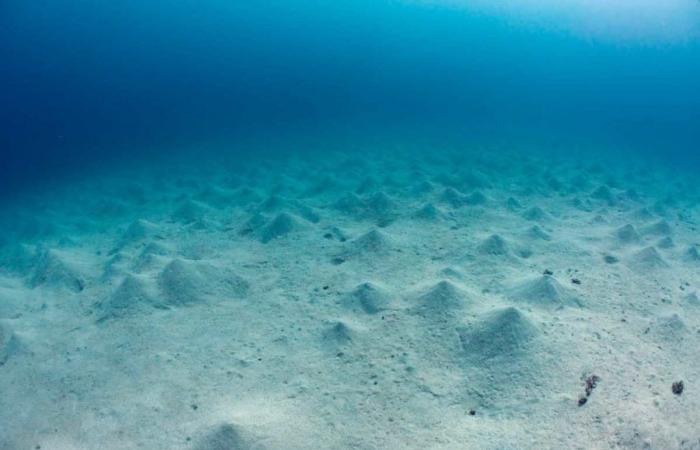Divers off Palm Beach have found a “large” unknown creature with “unique” tentacles – the discovery.
I divers They strapped on their gear and dove into the water off the coast of Florida. Equipped with flashlights, they explored the depths and found a “grande” sea creature with “unique” tentacles that belonged to what has been identified as a new species. Let’s find out together what the divers found.
Unknown Creature Spotted in Florida Waters
Peter Schuchert e Richard Collins they examined marine life near Palm Beach – in Florida – during 91 night dives over several years, according to a study published April 30 in the peer-reviewed journal Swiss Journal of Zoology.
During their dives, they searched for a group of ocean animals known as idromeduse, which are usually called jellyfish because of their appearance. Such animals are known, from a scientific point of view, as Idrozoi.
These small animals live in deep waters and they only come to the surface at night, which is why they are difficult to find. During their dives, the researchers encountered three strange-looking hydromedusaeas reported within the study.
The divers also photographed the “large” marine animals and caught two of them. Observing them more closely, the researchers realized they had discovered a new species: the Zancleopsis grandisor the large Zancleopsis jellyfish.
The characteristics of Zancleopsis grandis
The new species of jellyfish is considered “relatively large”as its body size reaches just over 1 inch in height and its tentacles measure over 2 inches long.
The shape of its body changes as it moves, but – usually – it is long and narrow. She has twolong tentacles“covered with bulbs”unique”, “giants”. The bulbs on the tentacles are less pronounced and more “club-shaped”.
The researchers said they named the new species “grandis” because of his “big dimensions” and bulbs “Very big” on its tentacles. Like other hydromedusae, the new species uses the jet propulsion to move in the water in process, as stated in McClatchy News from study co-author Peter Schuchert.
This process involves the suction of waterthen its release through a narrow opening. Although some species of hydromedusae glow or express fluorescencethe new species, however, does not, as stated by the study’s co-author, Richard Collins.
The new species was identified by its tentacles, size, DNA and other subtle physical characteristics. The researchers also discovered a second new species of jellyfish and they have documented dozens of them. “Part of the work we are doing is demonstrating and documenting the amazing ocean biodiversity here in Florida“Collins said. “Florida’s waters are well studied compared to most of the world’s oceans, yet there is still so much to learn and discover.”






